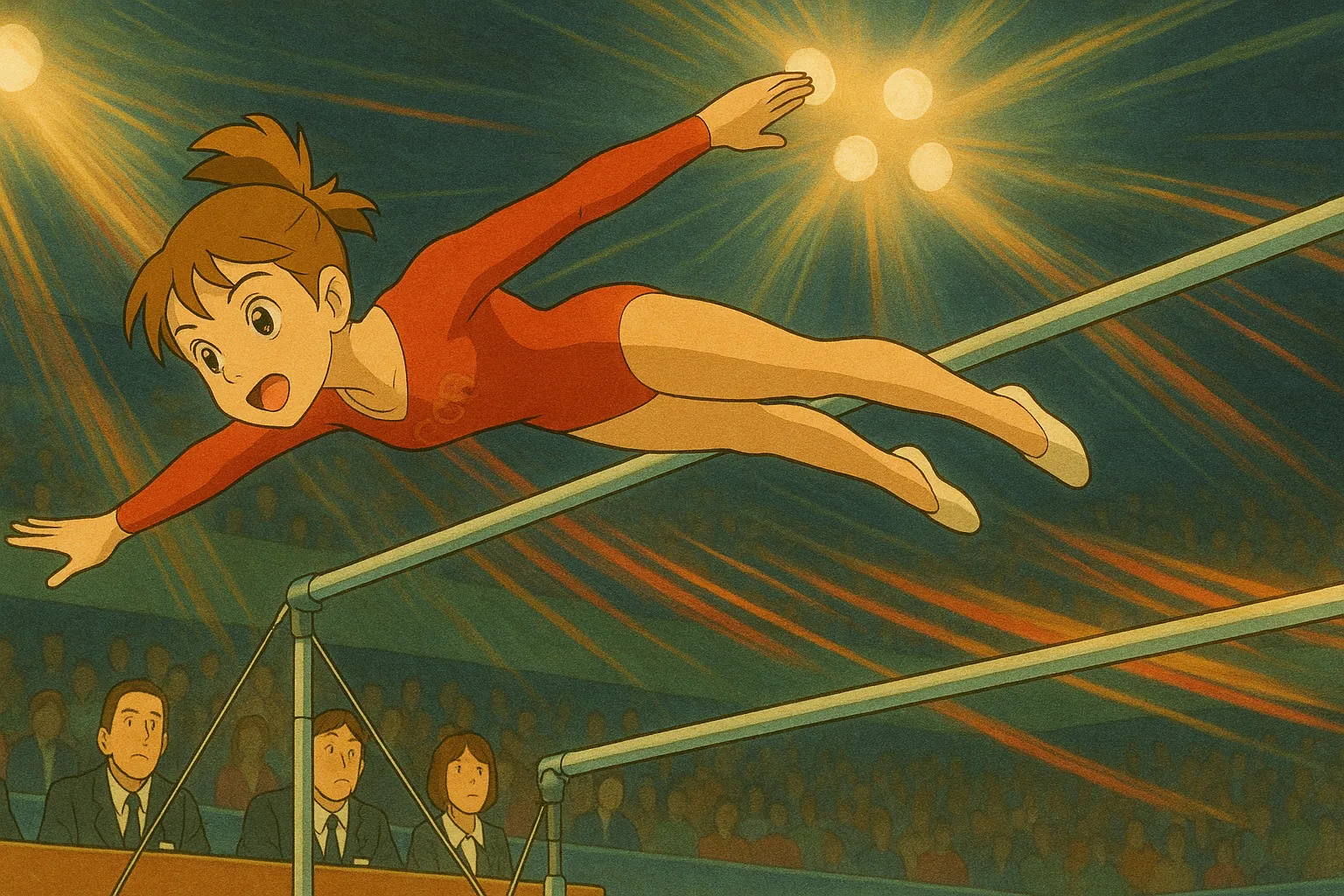
Frequently Asked Questions
Are Olga Korbut’s original moves still used in competition?
Many of her exact bar skills are rarely seen today. Changes in equipment and rules make some moves impractical or banned, though variations and her spirit of daring live on in modern routines.
How did gymnastics equipment change after her era?
Following the rise of riskier skills, apparatus and safety gear evolved — uneven bars were set farther apart, floors became springier, and padding improved to support more dynamic and safer tumbling.
Did she compete after the 1972 Olympics?
Yes. Olga returned to international competition after Munich and took part in later events, including the 1976 Olympics, though she never again captured the same level of worldwide attention.
How is Olga Korbut remembered by the gymnastics community?
She’s remembered as a bold innovator whose performances expanded what was possible in women’s gymnastics and helped shift the sport toward more dynamic, expressive routines.
Are there films or footage of her performances I can watch?
Yes. Archival Olympic broadcasts, newsreels, and several documentary clips are available online and show her most famous routines and the reactions they drew.
Did she influence gymnastics coaching or judging?
Her daring style prompted coaches and judges to rethink skill value and safety, contributing indirectly to how training, scoring priorities, and athlete protections developed.
What lessons can young gymnasts take from Olga Korbut’s career?
Her career highlights courage, creativity, and showmanship. Young gymnasts can learn to innovate responsibly, pair daring with good technique, and value both performance and safety.










